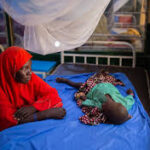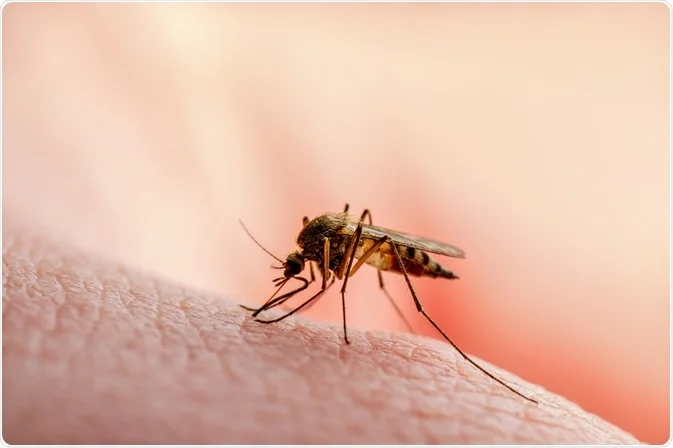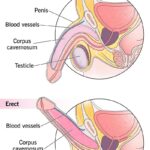Malaria: A disease keeping families poor

Malaria, a preventable and treatable disease, remains one of Africa’s most devastating public health challenges. Beyond the tragic loss of life, its pervasive presence acts as an invisible chain, binding countless African households to a relentless cycle of poverty. The socio-economic burden of malaria is not merely a statistic; it’s a daily reality characterized by crushing direct costs and crippling indirect losses that erode family incomes, stifle educational attainment, and ultimately impede national development.
The Immediate Financial Drain: Direct Costs of Malaria
For an African family, a single bout of malaria can trigger a cascade of financial hardship. The most apparent burden comes from direct costs:
- Medical Expenses: Seeking diagnosis and treatment often involves fees for consultations, laboratory tests, and essential antimalarial drugs. In countries where health insurance is not universal, these costs are borne entirely out-of-pocket, quickly depleting meager savings.
- Transportation: Reaching a health facility, especially in rural areas, can involve significant transportation costs, whether it’s for public transport, bicycle taxis, or even paying for fuel for a motorbike. This becomes an even greater burden when a sick child needs urgent care in a remote clinic.
- Ancillary Costs: Beyond direct medical care, families often incur expenses for supportive treatments like fever reducers, rehydration salts, or even special foods to aid recovery. In severe cases requiring hospitalization, the costs skyrocket, pushing families deeper into debt.
These direct expenses, though seemingly small individually, accumulate rapidly. For families living on less than a dollar a day, even minor medical bills can necessitate selling valuable assets, taking out high-interest loans, or diverting funds meant for food and education.
The Hidden Hand: Indirect Costs That Decimate Livelihoods
While direct costs are immediate, the indirect costs of malaria are arguably more insidious, slowly but surely eroding a household’s economic foundation:
- Lost Productivity and Income: When an adult family member falls ill with malaria, they are unable to work. For subsistence farmers, this means uncultivated land, delayed harvests, or spoiled crops. For daily wage earners, it translates directly into lost income. Even after recovery, weakness and prolonged convalescence can further reduce productivity. This ripple effect impacts the entire household’s earning potential.
- School Absenteeism and Educational Attainment: Malaria disproportionately affects children. Repeated bouts of illness lead to significant school absenteeism, causing children to fall behind in their studies or drop out altogether. Parents, too, often miss work to care for sick children, further impacting family income. This interruption in education perpetuates intergenerational poverty, as children are denied the opportunity to acquire the knowledge and skills necessary for better future employment.
- Reduced Agricultural Output: In agrarian economies, which dominate much of Africa, malaria outbreaks during peak planting or harvesting seasons can be catastrophic. Fewer able-bodied workers mean less land cultivated, poorer yields, and ultimately, less food for the family and less surplus to sell. This not only threatens food security but also diminishes the primary source of income for many rural households.
- Diversion of Resources: Funds that could be invested in education, small businesses, or agricultural improvements are constantly redirected to manage malaria. This perpetual drain prevents capital accumulation and stifles economic growth at the micro-level.
The Macroeconomic Impact: A Drag on National Development
The sum of these household-level burdens translates into a colossal drag on national GDP for malaria-endemic African nations. High malaria prevalence strains national health budgets, diverting funds from other critical development areas. It reduces the overall productivity of the workforce, deters foreign investment, and limits tourism. Estimates suggest that malaria can reduce economic growth by as much as 1.3% per year in highly affected countries.
Breaking the Cycle: A Call to Action
Breaking this vicious cycle of malaria and poverty requires a sustained, multi-pronged approach. Investing in proven interventions like insecticide-treated bed nets, effective antimalarial drugs, indoor residual spraying, and the new malaria vaccines is paramount. Equally crucial are robust health systems, improved access to care, and continued research into new tools and strategies.
Conclusion
Ultimately, the fight against malaria is not just a health imperative; it is an economic one. By alleviating the burden of malaria, African households can unlock their full potential, contributing to stronger local economies and a more prosperous future for the entire continent. The invisible chains of malaria can and must be broken, allowing millions to escape poverty and thrive.
Written by Fawzi Rufai, Medically Reviewed by Sesan Kareem



